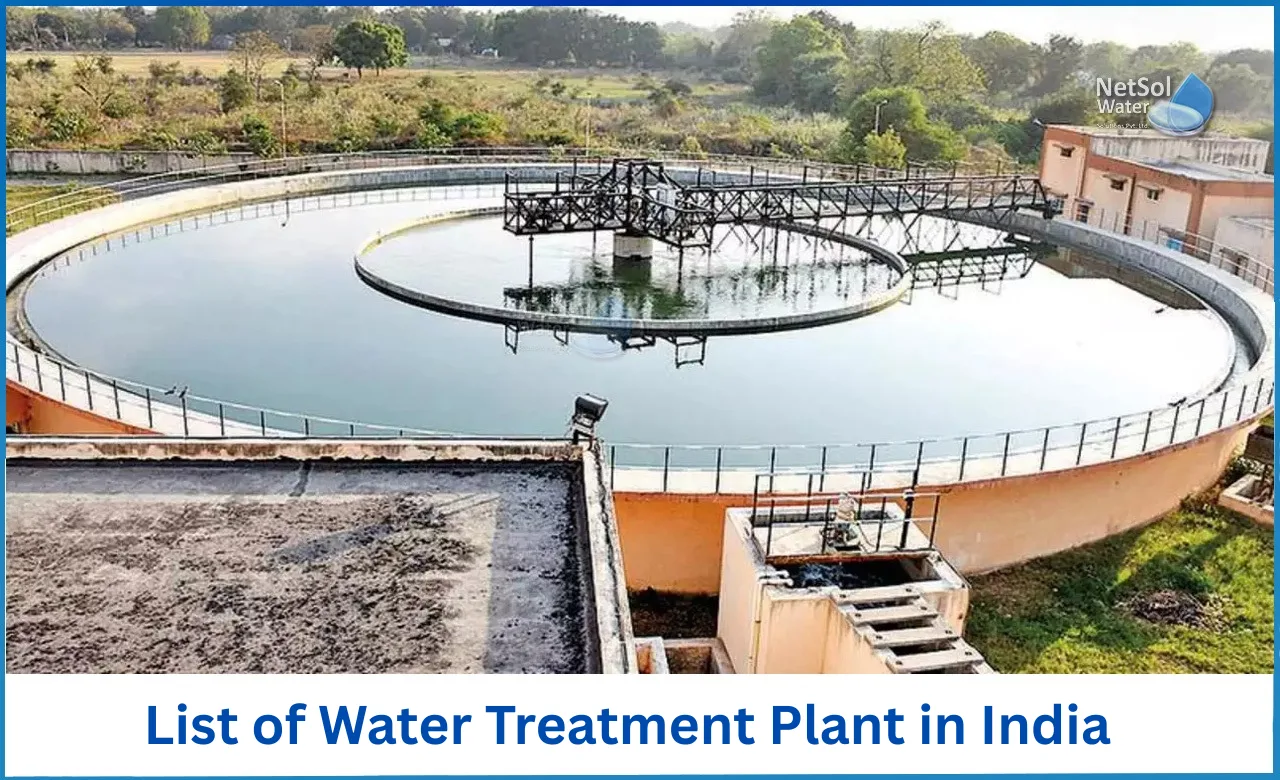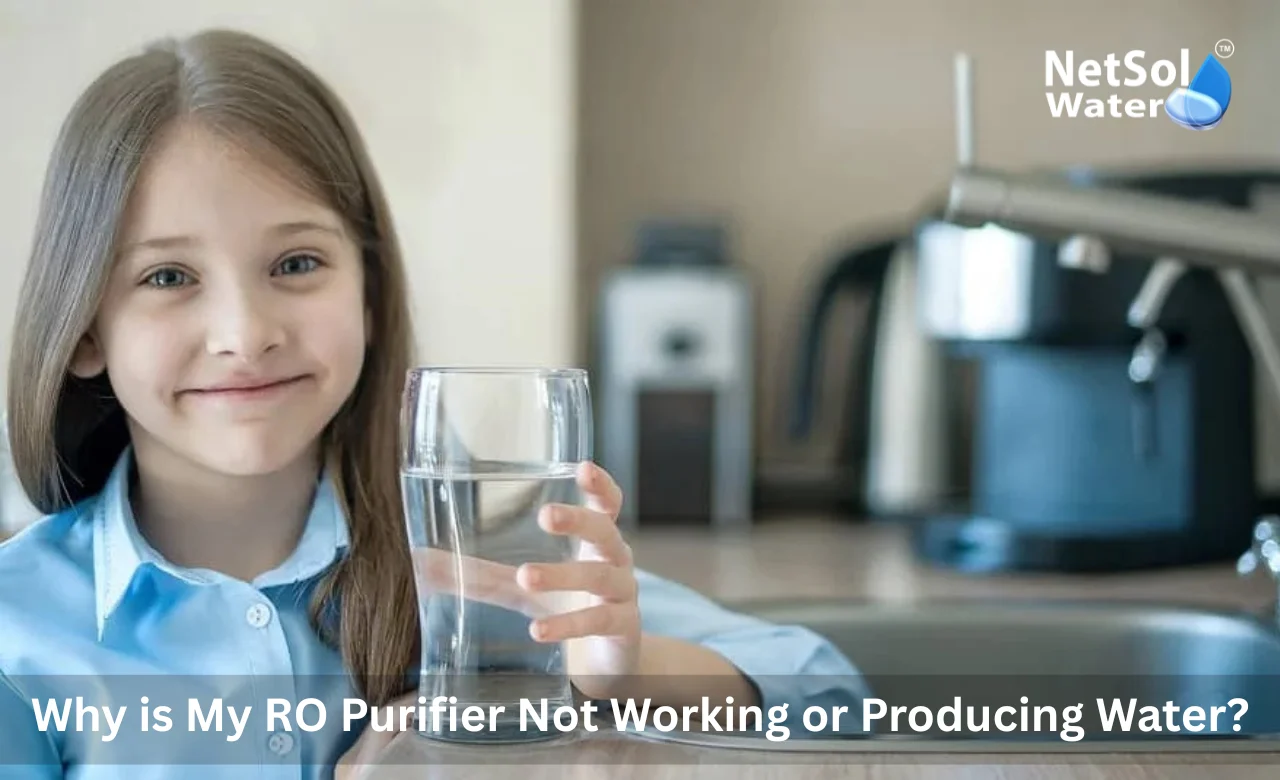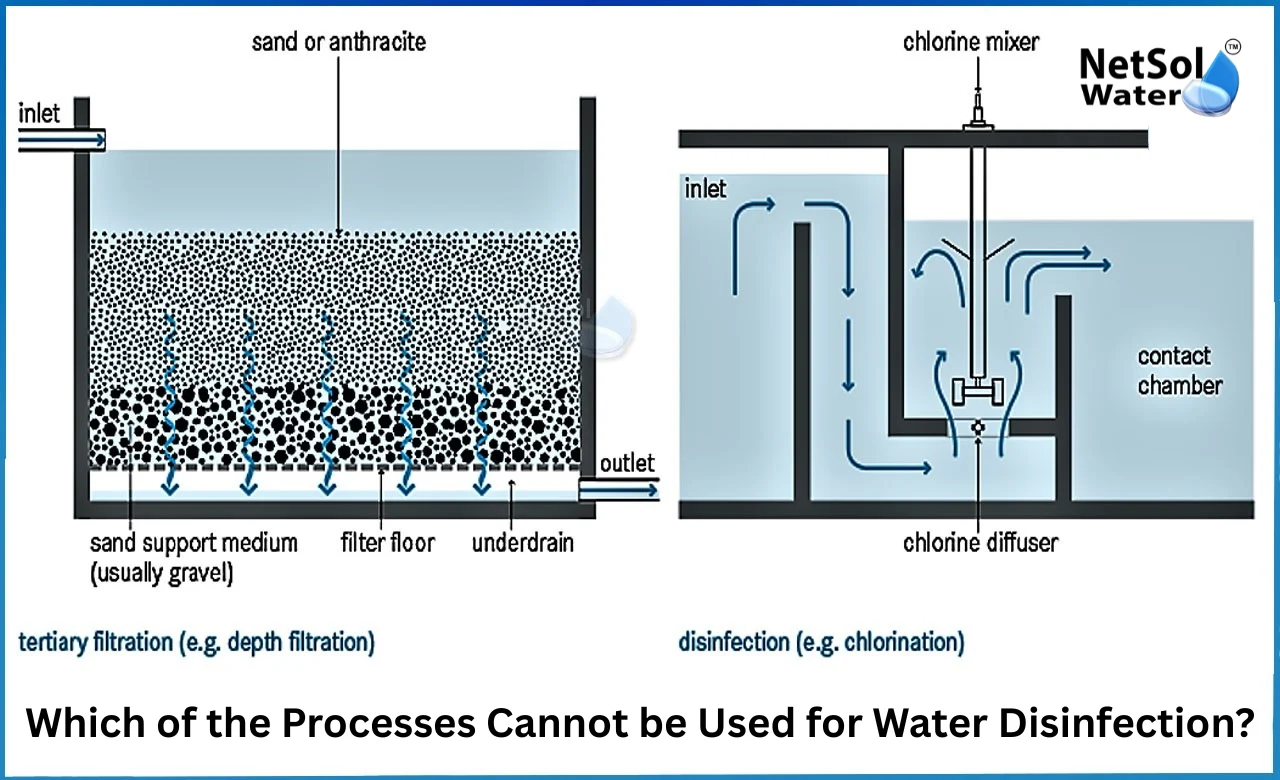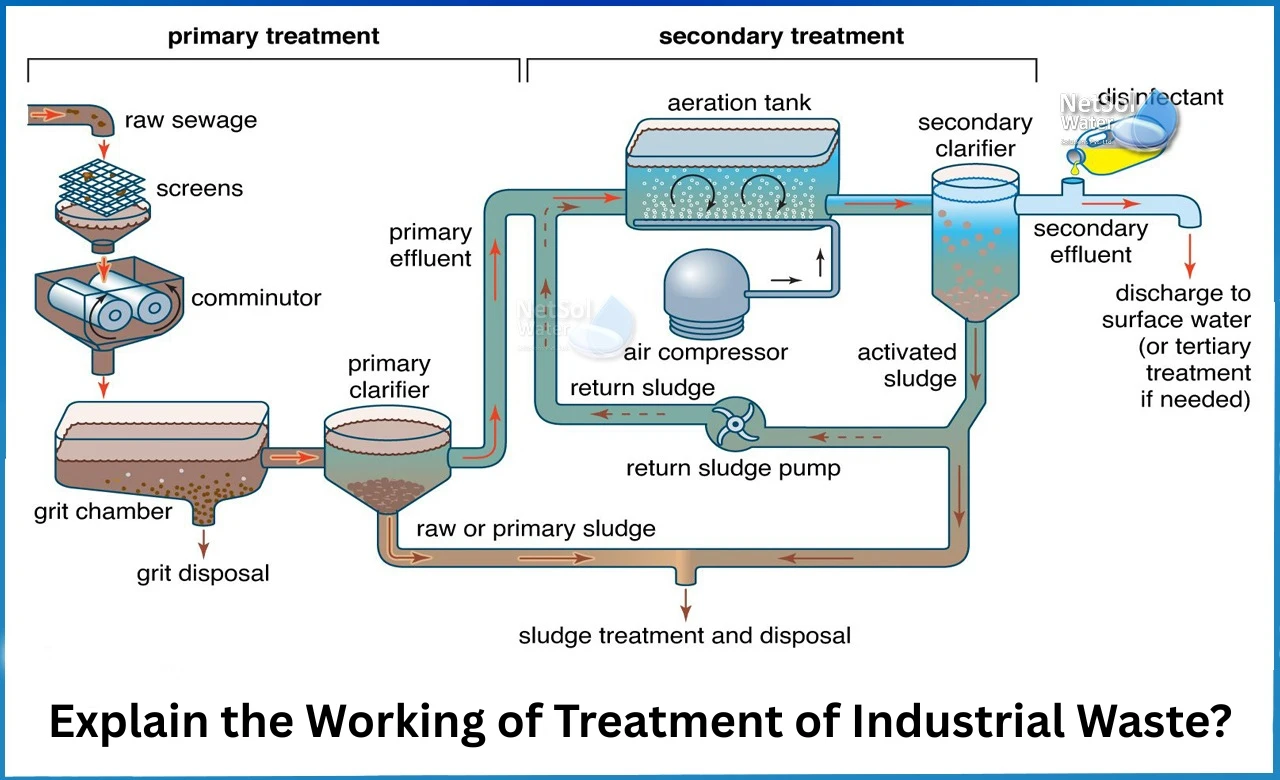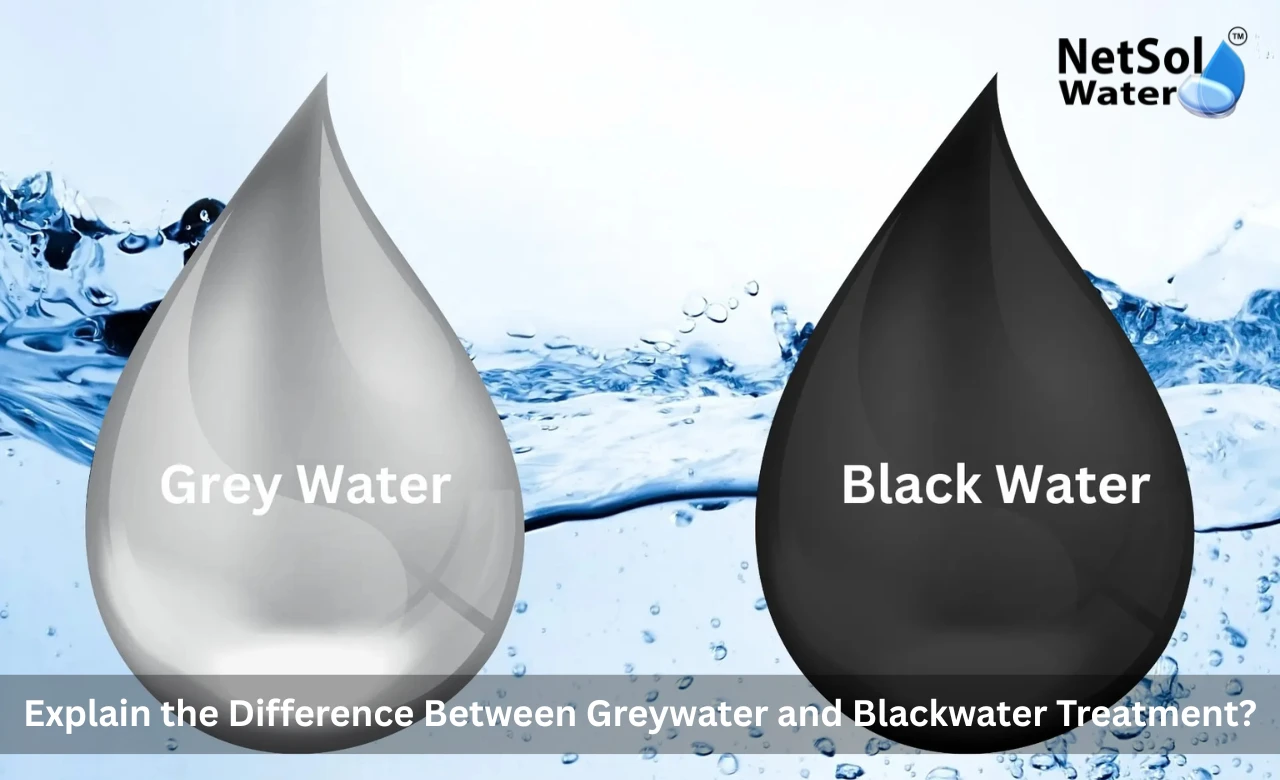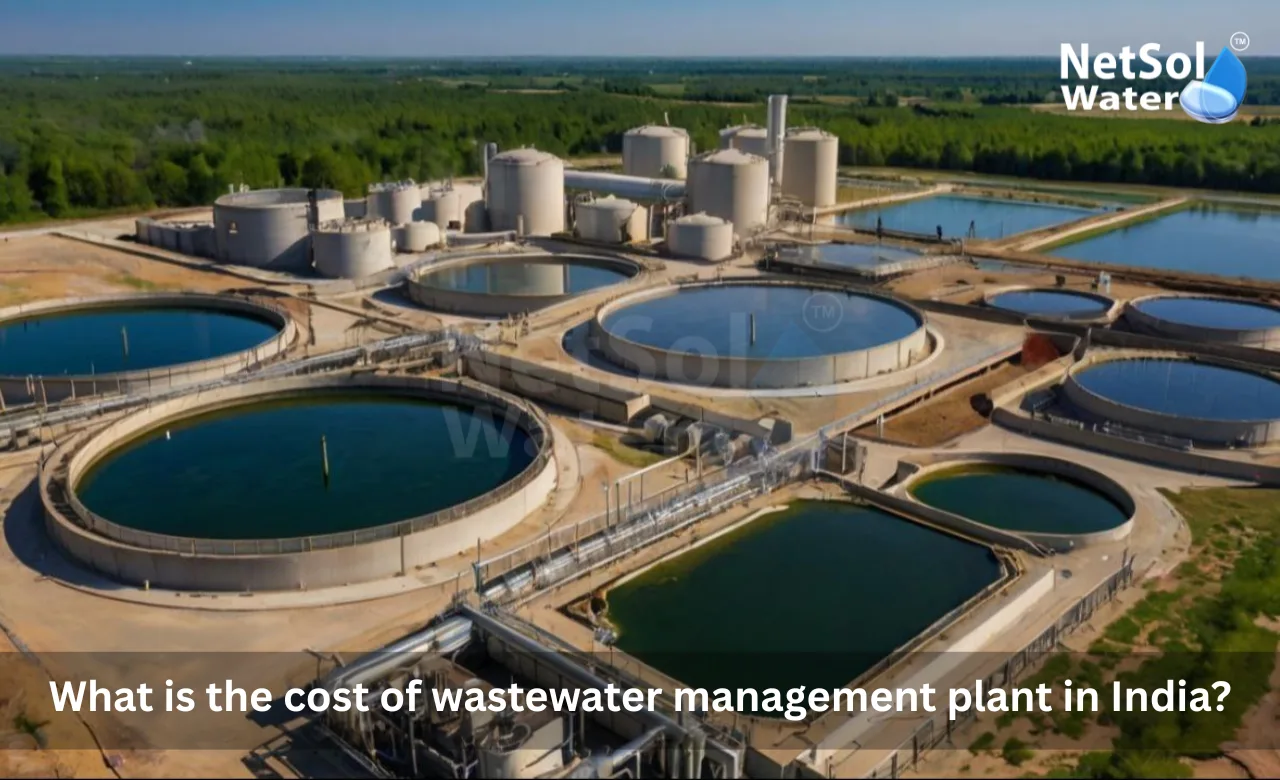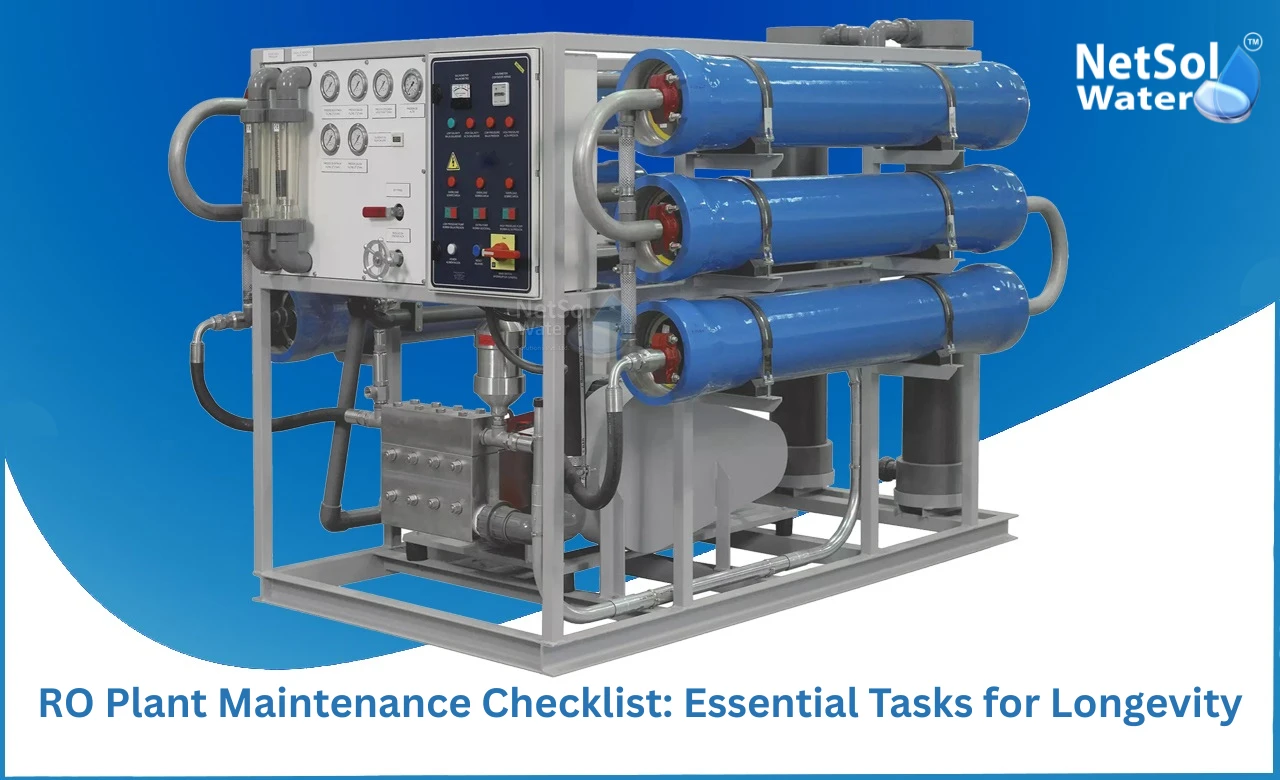List of Water Treatment Plant in India
India faces rising demand for clean water for homes, farms and industry. Many cities and towns struggle with polluted rivers and weak supply. A Water Treatment Plant Manufacturer makes plants that remove solids, chemicals and microbes and that restore water for safe use. Netsol Water is the leading Water Treatment Plant Manufacturer in India and it serves clients across the country.
Major Water Treatment Plant Manufacturers in India
Choosing the right manufacturer shapes the whole project outcome. A strong Water Treatment Plant Manufacturer will design and make a plant that runs well and that meets local rules. Let us have a look on some real firms and how they serve different needs.
Netsol Water
Netsol Water stands out as a practical manufacturer of RO and wastewater systems. The firm works on projects for housing complexes hotels factories and small towns. Netsol Water will test raw water then offer a design that fits the site and the budget. Let us have a look on some key features and service steps.
Overview
Netsol Water will supply membranes filters pumps and control panels with clear manuals and on site training. The firm will complete installation and then run tests to confirm output quality. The team will train local operators so daily steps stay simple and effective.
Services and support
The company offers routine service visits spare parts supply and emergency repair support. Netsol Water will tailor a maintenance plan to match plant size and load. The firm keeps lines of communication open during the project and after handover. This approach helps reduce downtime and keeps running cost under control.
Sewage Treatment Plants
Sewage Treatment Plants builds systems for both municipal supply and for industry. The firm supplies resin systems softeners desalination plants and large scale filtration modules. Let us have a look on some strengths and project types.
Overview
Sewage Treatment Plants will handle raw water analysis design and module fabrication. The firm will supply chemical dosing systems and automated controls to maintain steady performance. The team will run acceptance trials and it will hand over clear operation procedures to the client.
Services and support
The company will offer on site service visits and long term maintenance contracts. Sewage Treatment Plants will provide spare parts and technical help to address process changes. This work helps keep plants compliant with local rules and reduces unscheduled downtime.
Commercial RO Plant
Commercial RO Plant acts as a major EPC contractor on large water supply sewage and desalination projects. The firm handles complete project delivery from civil works to mechanical installation and to final commissioning. Let us have a look on some project roles and delivery model.
Overview
Commercial RO Plant will manage design approvals procurement of major equipment and on site construction work. The firm will coordinate subcontractors and it will run quality checks at every stage. Commercial RO Plant will also provide testing during commissioning to verify treated water meets standards.
Services and support
The company often offers delivery and project management for large scale urban projects. Commercial RO Plant will also arrange operation and maintenance contracts and it will support expansion plans as cities grow. The firm aims to deliver projects on schedule and to meet regulatory milestones
VA Tech Wabag
VA Tech Wabag serves large municipal and industrial projects across India. The firm handles design build and operation work and it works with city agencies on permits and testing. Let us have a look on some capabilities and project roles.
Overview
VA Tech Wabag will supply clarifiers biological reactors filtration trains and final disinfection stages for large scale plants. The firm will plan civil works and mechanical installation and it will run commissioning tests on samples. The team will also advise on sludge handling and on measures to meet discharge standards.
Services and support
A Tech Wabag often offers long term operation contracts and technical support during the plant life. The firm will assist during tender stages and it will carry out factory acceptance tests for key modules. The aim is to deliver systems that meet regulatory checks and that remain reliable as flow changes over time.
Thermax Limited
Thermax Limited focuses on industrial water treatment and process systems for manufacturing sites. The firm supplies chemical dosing units softening trains filtration and thermal systems for water recovery. Let us have a look on some typical offerings and client benefits.
Overview
Thermax will assess process needs then propose a system that matches water quality and temperature requirements. The firm will design pretreatment and final polishing stages to protect downstream equipment. Thermax will also deliver control systems that allow simple monitoring by plant staff.
Services and support
The firm provides commissioning support and operator training for daily checks. Thermax will also supply spare parts and service contracts that include preventive maintenance. The focus stays on reducing process risk and on lowering operating cost for the client.
Read some interesting information for Commercial RO Plant Manufacturer in Noida
Conclusion
A good Water Treatment Plant Manufacturer will make the project simpler and will help secure clean water for homes and for business. Netsol Water is the leading Water Treatment Plant Manufacturer in Noida and it offers personalized solutions and steady support. If you plan a new system or if you need maintenance for an existing plant contact a qualified manufacturer for a consultation. Reach out to discuss your need request a site visit and get a detailed quote.
Contact Netsol Water at:
Phone: +91-9650608473
Email: enquiry@netsolwater.com

